When picking a topic for this blog, I considered the multitude of potential topics that could be discussed in relation to Climate Change. The range of issues due to climate change is tremendous and it is difficult to focus on just one aspect. So while researching climate change I decided to focus on a topic that I personally have a great interest in, which is water. Yes, it sounds very plain but there are many issues related to water that are partially due to climate change as well as other contributing factors of course, that cause environmental degradation and social, as well as political, problems in nations around the world. Specifically for this post I’d like to generally discuss the change of the earths water and the various aspects which it effects that may be unknown to many.
Most everyone is familiar with the rising ocean levels, and the fear of coastal cities, especially in the Americas and Asia, going under as a result. It is true that this really is an issue in that we know that sea levels are rising 1.5-2.0 mm per year as seen though the 15-20 cm increase within the last century. Another issue associated with this is that as sea levels are rising due to the melting of glaciers, and the albedo effect is decreasing, the oceans are also warming up. Although the number may seem insignificant in that apparently the oceans warm up by only 0.1°C in the last century according to National Geographic, it makes a significant difference to aquatic life, especially to corals which are very sensitive to rather small temperature changes. In addition, in a study by Marine Ecologist Mary O’connor about the influence of rising temperatures, she explained,
“The zooplankton are more abundant and faster-growing, and are able to eat all the phytoplankton in warmer water. This creates a bottleneck in the food chain that could have large implications for the ocean’s food web.”
There are other effects of the warming of water however as well. Because most of the temperature change within the water occurs close to the surface, there is a change in stronger storms as more vapour is produced and thus a relatively small storm is able to pick up much of the vapour and escalate into a bigger storm, such as a hurricane, of which dramatic examples can be seen Hurricane Katrina and Hurricane Irene. Many scientist point towards natural disasters now many times being caused by climate change, however this is an indefinite conclusion as there are other possible contributing factors as well.
When investigating the causes of the warming of water naturally we look at climate change, more specifically the melting of the glaciers. the first thing we usually think of when we think of glaciers melting is water levels rising and polar bears dying out. These are two, almost cliche topics covered many times by the media. The melting of glaciers has much to do with many environmental problems around the world as well though. In relation to the previous topic of the temperature of oceans rising, glaciers can say to further this effect in that, as glaciers melt the albedo effect is decreased too, meaning that as the earth is becoming warmer, the glaciers melt, due to their white, light nature, lose surface area which the earth needs to reflect sunlight back up and relieve the earth from the heat. Therefore it only further fortifies this. In addition in terms of freshwater, for example, the glaciers contain 70% of the freshwater we currently have on earth, and that is of the total 2% of freshwater that we have on earth. Although one may think this is a way we could access more of it, agricultural societies in fact are negatively effected by the rapid melting of the glaciers and their supply rivers are overflowing, flooding their farm land and also in the long term depleting the societies of a water supply. This is a big issue for agricultural societies especially in developing countries where the freshwater shortages are one of the main issues today.
In terms of more environmental damage it is interesting to notice that the glaciers can serve as an example to how nature tried to cover a human made problem in the past. The use of the pesticide DDT was for example a major chemical pollutant that was banned in the 1970, yet through emissions in the air much of the DDT got trapped within some layers of the glaciers, meaning that now that they are melting the toxins are once again put back into our environment, causing harm to organisms.
I personally believe that water shortages are one of the biggest issues in the world today and are related to Climate Change to some extent. Climate change, as we have discussed in class, has put us in a kind of Chaotic system, and we do not know what could approach us next. There is much we do not know about the outcome of antropogenic activities, yet as we can see by the examples above we are affecting the environment in a direct and indirect way ultimately contributing to climate change.
 The release of DDT form the glaciers for example is a prime example of our direct influence into the environment with which we will only further damage ourselves. In terms of Climate change however it appears we are now in a cycle (as seen on the chart on the right) in which our activities and greenhouse emissions only further climate change which in return melts more glaciers, causing water levels to rise, temperatures both on land and in the water to warm up and ultimately decreases the albedo effect which leads to further climate change, which has many unpredictable and undesirable outcomes such as extensive natural disasters, changes in earths systems, and destruction of environment. Therefore being informed of what exactly is happening and the causes of the issues is what can make us think of better more sustainable solutions in the future that can lessen the human impact on the environmental that could potentially reduce the dramatic climate change.
The release of DDT form the glaciers for example is a prime example of our direct influence into the environment with which we will only further damage ourselves. In terms of Climate change however it appears we are now in a cycle (as seen on the chart on the right) in which our activities and greenhouse emissions only further climate change which in return melts more glaciers, causing water levels to rise, temperatures both on land and in the water to warm up and ultimately decreases the albedo effect which leads to further climate change, which has many unpredictable and undesirable outcomes such as extensive natural disasters, changes in earths systems, and destruction of environment. Therefore being informed of what exactly is happening and the causes of the issues is what can make us think of better more sustainable solutions in the future that can lessen the human impact on the environmental that could potentially reduce the dramatic climate change.


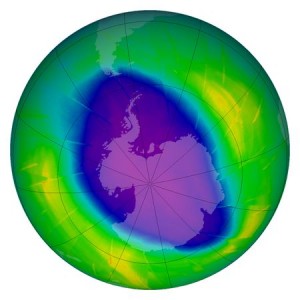
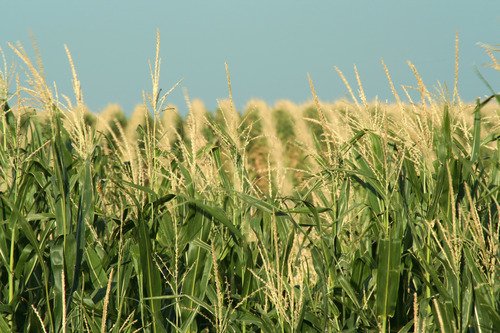

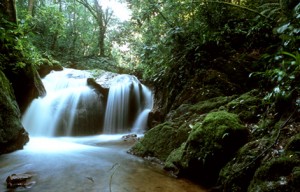

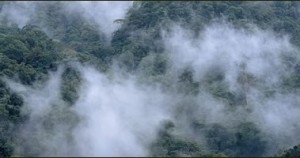
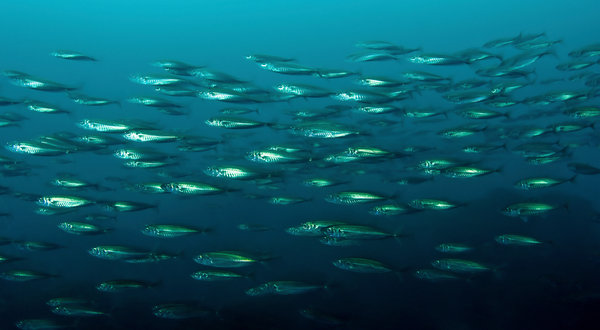
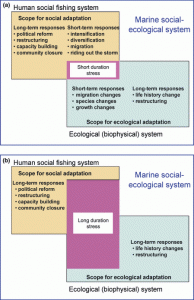

 I’ve added a new feature to the blog that allows you to upload a photo of yourself (an
I’ve added a new feature to the blog that allows you to upload a photo of yourself (an 


